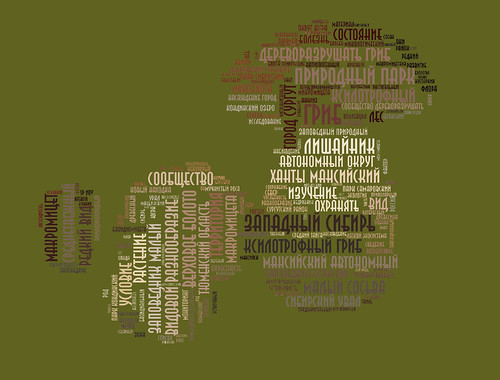Komi Republics borders Yugra from the West, the border lies through the mountain range of Northern Ural and two regions have many historical connections and geographical similarities. Going to see many more about the region with my eyes soon, participating in a conference on «Biodiversity of ecosystems of the Far North: inventory, monitoring, conservation». The program includes broad spectrum of presentations discussed in five sections: about vegetation; floras (including fungi) and faunas, conservation and soil science of Northern Regions. Plus three round tables on important issues of vegetation classification, global climate changes and education in Northern Biodiversity science.
More about the conference (and electronic theses) here: https://ib.komisc.ru/add/conf/tundra
We have recently finished our annual work on historical review of mycological studies in Yugra + publication of Fungal Records Database of Yugra in GBIF and thus, it will be the topic of my presentation. It will include introduction on importance of biodiversity data bases, their standards and present global repositories. The history of research of fungi in Yugra will go then: a mushroom-shaped cloud of words should revive the story :). And our steps of creating a regional database + making it available to the broad community through GBIF will be in conclusion.
The presentation with the report (pdf, in Russian).
The conference’ symbol is the Northern most delicious berry — Cloudberry (Rubus chamaemorus); also tastes nice for fungi as at least 21 species are growing as saprotrophs on its litter. Including very beautiful Rutstroemia chamaemori, Hyaloschypha fuscostipitata and others. Northern biodiversity is really undiscovered and flourishes secretly in our regions :).

